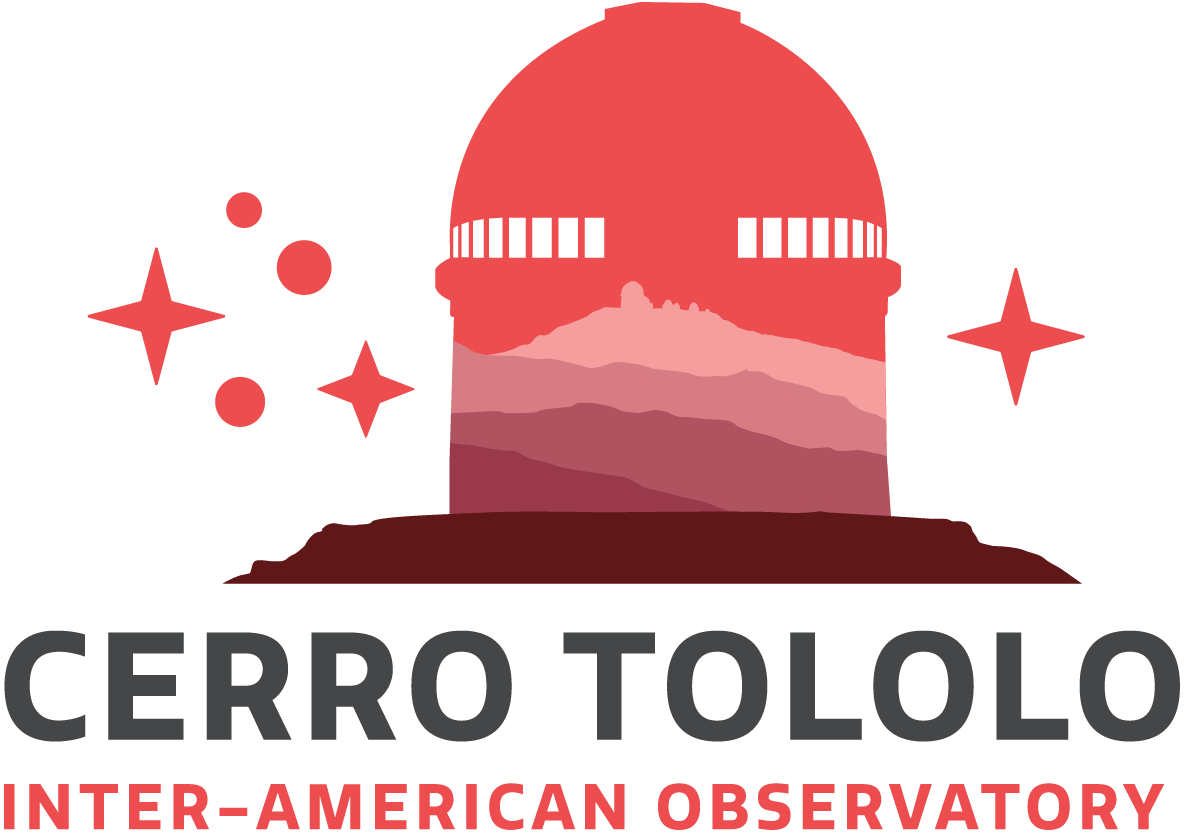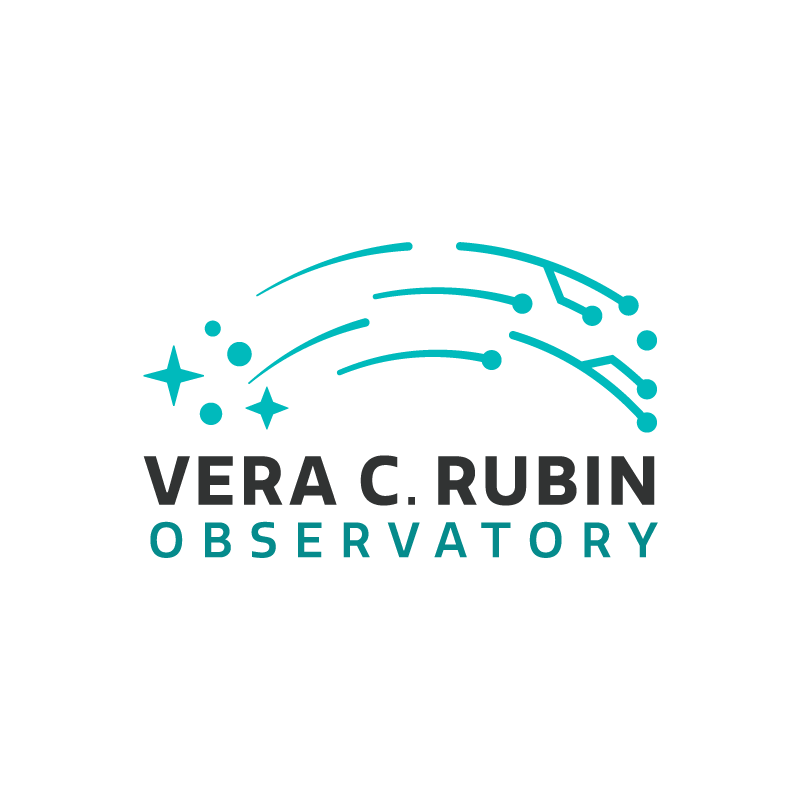NOIRLab Shares Cosmic Activities for AstroDay 2021
The Maunakea Observatories’ annual science event in Hawai‘i is extended this year for a weekend of at-home and online celestial fun
29 April 2021
NSF NOIRLab will share free astronomy-themed activities during AstroDay, an annual event on Hawai‘i Island, which has been extended for a full weekend this year. From Friday 30 April through Sunday 2 May 2021, anyone in the Hilo area of Hawai‘i can pick up take-home science kits at Prince Kūhiō Plaza, while others can find online activities to enjoy wherever they live.
First held in 2002, AstroDay offers a unique opportunity to learn about the science that takes place on Maunakea and throughout the state of Hawai‘i. Prior to 2020, AstroDay was a single-day event held at the Prince Kūhiō Plaza mall in Hilo, involving in-person hands-on science activities and performances presented by dozens of organizations from around the state. In 2021, AstroDay participants can visit the Prince Kūhiō Plaza any time during regular business hours from 30 April through 2 May to pick up free materials and activity kits from participating merchants. Extending AstroDay over three days minimizes the chance of crowding at the mall and allows participants to enjoy activities safely at home. Interested participants who are not in the Hilo area can find online activities under Activity Guides on the AstroDay website.
“We’re thrilled to bring back AstroDay in person in some way, and believe the hybrid nature of this year’s event keeps the spirit of astronomy alive in a way that is safe and fun for everyone,” said Carolyn Kaichi, Outreach Coordinator at the University of Hawai‘i Institute for Astronomy (IfA) Hilo office, who is the event coordinator.
NOIRLab will provide two different activity kits for AstroDay. One kit will include supplies and instructions for building your own telescope and a spectroscope, accompanied by information about what a spectroscope is and how NOIRLab uses spectroscopes to learn more about objects across the Universe, such as exploding stars, material surrounding black holes, and planets orbiting other stars. The second kit will contain supplies and instructions for creating a Hōkūlei, a lei made of origami stars. This is just in time for Lei Day on 1 May, a statewide celebration of the Hawaiian tradition of creating lei. Both NOIRLab kits will also include photos of the Gemini North telescope, located on Hawaii’s Maunakea, and images obtained with the Gemini telescopes of stars, galaxies, and planets.
AstroDay in Hilo was founded by Gary Fujihara, telescope/instrument operator at Subaru Telescope, after he learned about the international Astronomy Day program through the Astronomical League. In 2017, the event was also held for the first time in Kailua-Kona on the island of Hawai‘i. AstroDay is now an annual tradition on Hawai‘i Island, bringing scientists and science educators into the community, sparking interest in science, careers, and discoveries for children and adults of all ages.
More information
The Maunakea Observatories are a collaborative of independent institutions with telescopes located on Maunakea on the island of Hawai‘i. Together, the Observatories make Maunakea the most scientifically productive site for astronomy worldwide. The Maunakea Observatories include: Caltech Submillimeter Observatory, Canada-France-Hawaiʻi Telescope, international Gemini Observatory (a Program of NSF NOIRLab), James Clerk Maxwell Telescope (East Asian Observatory), NASA Infrared Telescope Facility, Subaru Telescope, Submillimeter Array, UKIRT Observatory, University of Hawai‘i Hilo Educational Telescope, University of Hawai‘i 2.2-Meter Telescope, Very Long Baseline Array, and W. M. Keck Observatory (Keck I and Keck II).
NSF NOIRLab (National Optical-Infrared Astronomy Research Laboratory), the US center for ground-based optical-infrared astronomy, operates the international Gemini Observatory (a facility of NSF, NRC–Canada, ANID–Chile, MCTIC–Brazil, MINCyT–Argentina, and KASI–Republic of Korea), Kitt Peak National Observatory (KPNO), Cerro Tololo Inter-American Observatory (CTIO), the Community Science and Data Center (CSDC), and Vera C. Rubin Observatory (in cooperation with DOE’s SLAC National Accelerator Laboratory). It is managed by the Association of Universities for Research in Astronomy (AURA) under a cooperative agreement with NSF and is headquartered in Tucson, Arizona. The astronomical community is honored to have the opportunity to conduct astronomical research on Iolkam Du’ag (Kitt Peak) in Arizona, on Maunakea in Hawaiʻi, and on Cerro Tololo and Cerro Pachón in Chile. We recognize and acknowledge the very significant cultural role and reverence that these sites have to the Tohono O'odham Nation, to the Native Hawaiian community, and to the local communities in Chile, respectively.
Links
Contacts
Carolyn Kaichi
AstroDay Event Coordinator
Institute for Astronomy
University of Hawai'i
Email: kaichic@hawaii.edu
Vanessa Thomas
Public Information Officer
NSF NOIRLab
Email: vanessa.thomas@noirlab.edu






